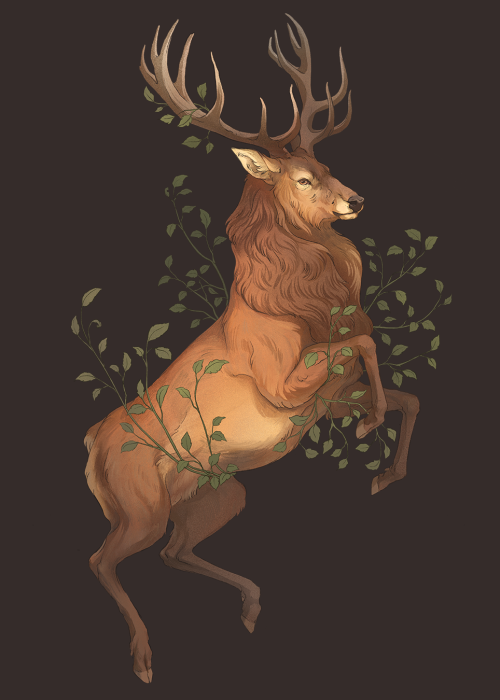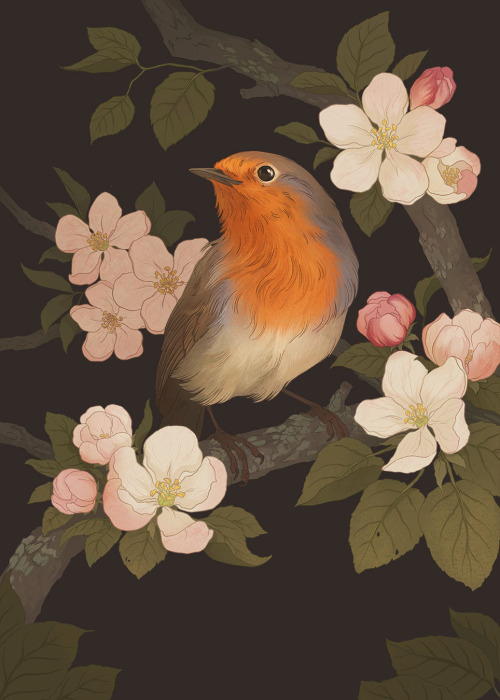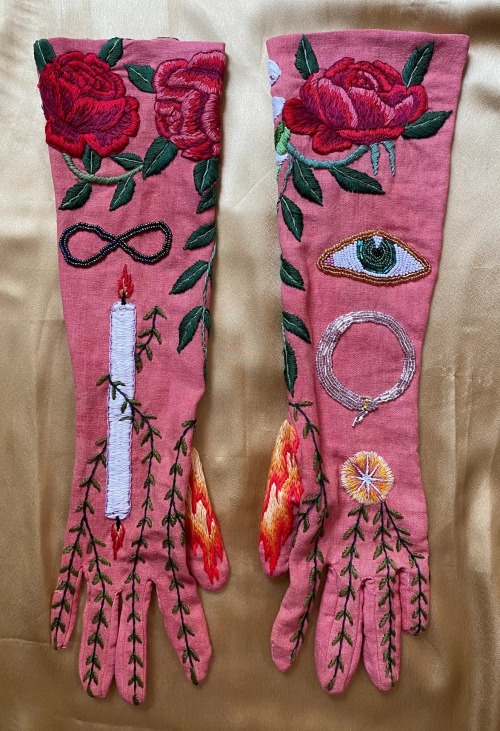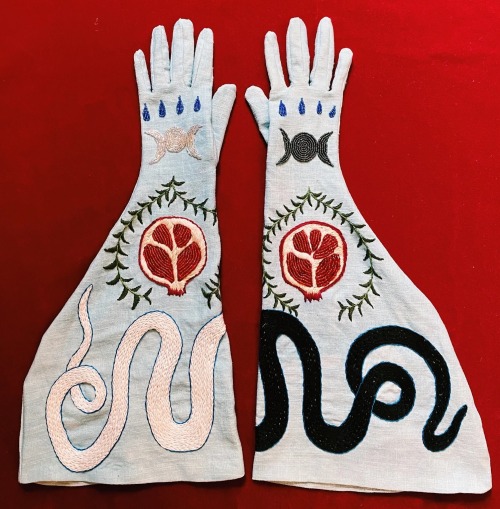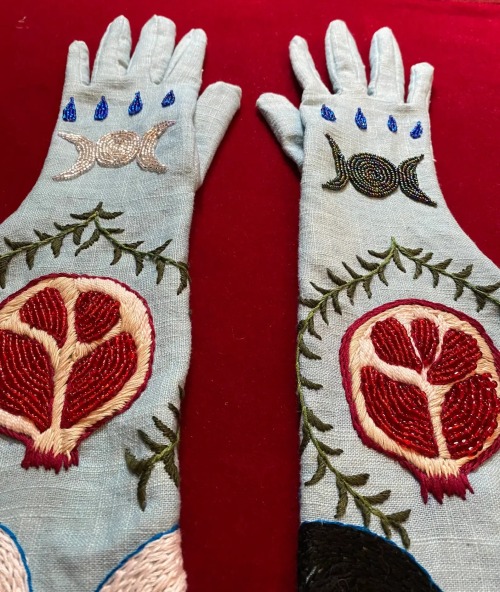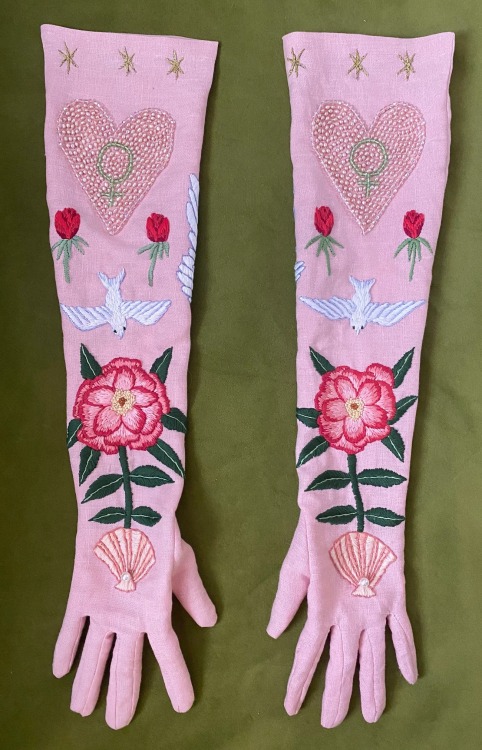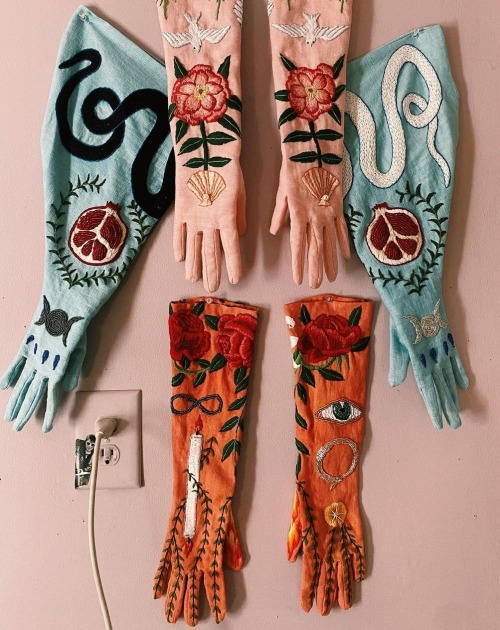#decorative art
Automobile Club de France/5me Salon. 1902. Privat Livemont.
39 1/8 x 51 1/8 in./99.3 x 130 cm
Personifying the 5th Paris Auto Show is a regal-looking Art Nouveau goddess, proudly sitting at the helm of the latest open-air automobile. According to the side panel, bicycles, boats, and hot air balloons were also on view.
Available at auction June 26. Learn More>>
Post link
American Crescent Cycles. 1899. Frederick Winthrop Ramsdell.
42 ¾ x 62 7/8 in./108.6 x 159.8 cm
Ramsdell studied at the Art Students League of New York, then left for Paris, where his work was shown at the Paris Salon between 1891 and 1898. This was the sweet spot for the French advertising poster, of course, and especially the work of Eugene Grasset, whose style Ramsdell appropriates in spectacular style.
Available at auction June 26.
Learn more about our selection of rare bicycle posters >>
Post link
The Seasons. 1896. Alphonse Mucha.
Each: 21 1/8 x 40 ¾ in./53.6 x 103.5 cm
This larger format is rare; rarer still is a large version of the 1896 Seasons with such exceedingly fresh colors! You can feel the chill of Winter, the little birds huddling for warmth; the dewy wakefulness of Spring, fashioning herself a lyre, on which those little birds are expectantly perched; Summer is indolent, sleepy in the heat; but Autumn, Autumn, lush and fecund with her auburn hair, indulges the harvest by plucking the grapes from the vine, straight into her cup. It’s not only the passage of time that makes this series rare: these images were difficult to find even at the time of their publication. The editor of The Poster couldn’t help a reader locate this set back in 1899, concluding: “they are getting scarce” (January 1899, p. 42). This is the larger variant with the Seasons text at bottom.
Available at auction February 25, 2018.
Post link
We hope your weeked rocks.
A rock concert inspired artist Debra Baxter to create her “Devil Horns Crystal Brass Knuckles” series. This one, a lefty, is on view at our @americanartmuseum’s #RenwickGallery, which is home to the museum’s collection of contemporary craft and decorative art.
Debra Baxter, “Devil Horns Crystal Brass Knuckles (Lefty),“ 2015, quartz crystal and sterling silver. Smithsonian American Art Museum, gift of the artist in honor of Joanna and David Baxter © 2015, Debra Baxter
Post link
A Selection of Elaborate Keys Designed by Rudolf Hammel from MAK Collection Online.These four were fabricated by Emil Kurczak in Vienna, dating before 1903.
Post link
Glass Condiment Bottle with Stopper, Dated ca. 1870, England.
(Source:collection.cooperhewitt.org)
Post link
Late 18th and early 19th century Chinoserie wallpapers from manufacturers in France.
Image 1: Manufacture Chapillon, 1800. Papier à motif répétitif en arabesque à un chemin alternant une chinoiserie à deux personnages prenant le thé et des volutes de feuilles d'acanthe. Identifier: ark:/12148/btv1b6900153b
Image 2: Papier peint à motif répétitif de Pauquet (Paris?), 1799. Identifier: ark:/12148/btv1b6901072n
Image 3: Papier peint de Hartmann Risler et Cie (Rixheim), 1801. Identifier: ark:/12148/btv1b69012122
Image 4: Manufacture Chapillon, 1801. Papier à motif répétitif à deux chemins, en quinconce, de carreaux ornés de motif en paravent et de deux motifs de chinoiserie. Identifier:ark:/12148/btv1b6900158d
Image 5: Papier peint de Jacquemart et Bénard (Paris), 1799. Identifier: ark:/12148/btv1b6900415p
Image 6: Papier peint de Zuber et Compagnie (Rixheim), 1802. Identifier: ark:/12148/btv1b6901231d
Image 7: Manufacture R. Bon, 1799. Papier à motif répétitif à deux chemins : scènes avec deux personnages. Identifier:ark:/12148/btv1b69000211
Image 8: Papier peint à motif répétitif de Hartmann Risler et Cie (Rixheim). Date: 1901. Identifer: ark:/12148/btv1b6901342j
Source: Bibliothèque nationale de France- 1,2,3,4,5,6, 7,8
Post link
Art of India: A Mirror of India’s Incredible Culture
An extensive and colourful history of artistic traditional Indian Art

‘Lorbeerkranz’ fabric with wreaths in Art Nouveau style, Tissage de Bornem, 1990s.
Courtesy MoMu - ModeMuseum Provincie Antwerpen, all rights reserved.
Post link
The Mechanical Galleon, 1580-1590, Augsburg; silver, iron, enamel, brass, with gilding; 104 x 78.5 x 20.3 cm; The British Museum, London. Source
This complex ship ‘toy’ was displayed in the British Museum’s 'A History of the World in 100 Objects’ exhibition back in 2010. It would have been originally used as a table ornament during the Age of Enlightenment and shows the period’s interest in nautical discovery.
Post link
Tooi [Tuai], Drawing of Korokoro’s moko, 1818, paper, 30 x 50 cm, Sir George Grey Special Collections, Auckland Libraries.
‘Oceania’ at the Royal Academy
★ ★ ★ ★
I have been truly spoilt this year with regards to my love of all things Pacific: from my trip to New Zealand, to the numerous exhibitions in London covering various areas of the subject. The Royal Academy’s ‘Oceania’ showcases the art from island nations across the world’s largest body of water. Over 200 pieces are on display, including canoes, traditional clothing, ceramics and sacred sculptures, and are presented thematically to reveal the stories and narratives that have shaped the history of these indigenous peoples.
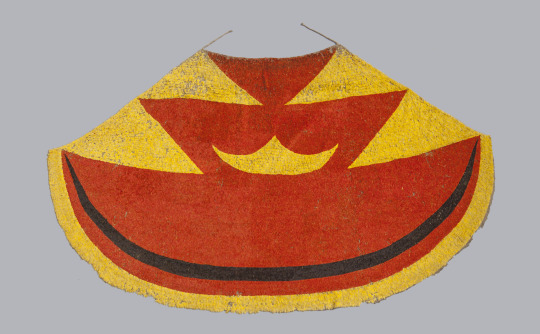
Ahu ula (feather cloak) belonging to Liholoho, Kamehameha II., early 19th century, feathers, fibre, painted barkcloth (on reverse), 207 cm, Museum of Archaeology and Anthropology, University of Cambridge.
The exhibition covers over 500 years of Pacific culture, right up to the modern era. My highlight, in fact, came from New Zealand contemporary artist Lisa Reihana. Her work in Pursuit of Venus [infected] is a reappropriation of the 19th-century panoramic woodblock piece Les sauvages de la mer Pacifique. The latter was a romanticised vision of colonial discovery in the Pacific, whereas Reihana takes a more realistic approach to the dramatic encounters between native islanders and the European settlers. Her piece is a slow-spanning panoramic film, featuring animation and filmed reenactments. Visitors can sit in the darkened cinematic gallery and observe mini-storylines, such as a colonial artist being attacked by native insects whilst trying to paint, and a tense confrontation between tribal warriors and gun-wielding soldiers. It’s addictive viewing, though it lasts a full hour, so make sure you have enough time to experience it thoroughly!
‘Oceania’ is on at the Royal Academy until 10th December. All images are courtesy of the Royal Academy.
Post link
Various Japanese tsuba, or sword hand guards, in the Victoria & Albert Museum Collection. The first was made by Mogarashi Soten in the 18th century using copper with gold alloy. The second was made in Awa in the 1600s, and the last tsuba is dated to Kyoto, c.1700. It was made by Sasaki Shobei, who used gold-leaf to cover nearly the entire copper base. Source
Post link
Silk carpet, 16th-century, Iran, 241 x 178 cm, Met Museum, New York. Source
Great beasts and flowering plants make up the design of this rich Iranian rug, believed to have been created in the city of Kashan. Unlike other textiles, the central area of the composition is neither symmetrical nor does it feature any repeated patterns. The individual motifs used instead mean that the eye is constantly drawn to new areas of the design.
Post link
POP QUIZ AND GO!

No it’s really not a trick question.
They are all the same pot.
Congratulate you and your brain on a job well done!
They really do look all look the same don’t they?
I mean apart from not being matchy-matchy in colour. You probably couldn’t really tell when these bad boys and girls were fired.
Citations Away! :
British Museum Online Collection Qing Dynasty mid 19th Century-Early 20th. Pierson, Stacey, Illustrated catalogue of Ru, Guan, Jun, Guangdong and Yixing wares in the Percival David Foundation of Chinese Art, London, University of London, Percival David Foundation of Chinese Art, School of Oriental and African Studies, 1999
British Museum Online collection Ming Dynasty 1368-1485 Pierson, Stacey, Illustrated catalogue of Ru, Guan, Jun, Guangdong and Yixing wares in the Percival David Foundation of Chinese Art, London, University of London, Percival David Foundation of Chinese Art, School of Oriental and African Studies, 1999
Victoria and Albert Online collection, Yuan Dynasty 1278-1368Kerr, Rose. Song Dynasty Ceramics. London: V&A Publications, 2004. p. 39, nos. 30 and 30a
Did I just give you a boregasm? Sorry I promise there’s a point to all of this.
You probably don’t need to know the other bits particularly. It just telling you what museum it’s in and what book it’s in. It’s just doing your basic due diligence. What I did do for you was bold the important information. So just doing some quick math for you you’ll notice a 622 year time lapse from No.3 to No. 1. WHOA. WAIT. WHAT ??!! Yes that’s right. That’s legit same pot was made over and over again not changing for 600 years.
But I’m getting ahead of myself here.
These are Jun ware flower pots. Well technically this is the bowl that you would put the flower pot in. Does that make sense? Maybe not. This is a Jun ware flower pot. This is the thing that you put in the stand.

Jun ware is what you will hear from those in the know called a ‘Great' ware of the Song Dynasty(960-1279). The text version of air-quotes is there because 'great’ just comes from the bazillion of history texts that call them great because Song Emperor’s used them at one point. This means they have a bunch of people telling you they’re great. So they’re great and that’s that really. The other ones that you’ll hear called great will be Ding, Ru, Jun, Guan and Ge.
Oh and okay- why we should be kind of resentful towards the Mongols here: Song dynasty (960-1278/9) great ware are kind of rare because of History’s O.G’s. Though to be fair the Song dynasty towards the end was a bit of fuster cluck-so 50/50. But because they kind of kicked butt at making things organised (probably quite literally), China got to the mass production of things! Yay! Not limited to but including paper and ceramics.
SO HANDSHAKE A MONGOL DAY! -Now with less Swording and Marauding.
To Recap and add a bunch of Chinese ceramics history in short: Great wares are ones that were used by the Song Imperial court at some point. So basically they were all #blessed for Song. So because they were official wares, they had seriously regimented #ootd: Same patterns, colours, and shapes. Basically:

Then all other Dynasties trying to fit in and prove they were legit really got into #tbt and basically be cause older=better=same same stuff being made over and over again.

Or Even shorter:
ZOMBIE CERAMICS!! THEY ONCE HAD A SOUL BUT NOW THEY ARE JUST AN EMPTY SHELL OF THEIR FORMER SELVES!!!

And truth be told, I pretty much hated on and everything to do with them.

I really did. I did not even give a ounce of bother. I was Diet Bother not even the full calorie bother. I really didn’t see what was so so special about stuff that was endlessly standardised and repeated with very little new influence. It was like congrats on making a cup that does what its supposed to.

Then I had a total epiphany.
This right here is called the 'Willow’ pattern and what you would also get called Chinoiserie.

First things first though, the Art Histo. crew likes to call these guys 'Blue and White wares’ because obviously because you’ve got your blue and your white. Though what will really impress is if you call them 'Underglaze Blue’ ceramics. This mean that the images of birds and people frolics are either hand-drawn on or transfer printed on then glazed in. And the other top three facts you need know:
Blue colour is caused by cobalt oxide.
The Chinese were a Mister-Steal-Yo-Motif yoinked it from the Middle East along with a few shapes and designs including the cobalt. They did this around the 14th century and quickly got busy. So much so that by the 16th century they even managed to source their own blues, gave a serious makeover to its earlier form called Qingbai, and, decided what designs it was going to put where. ENHANCE: This is called an Ewer. They are normally a metal thing but ceramics like to borrow from meta things.

3. They are made in Jingdezhen. You can even call Blue and White ware: Jingdezhen ware. Cause that’s all they do. Ever. The city’s official theme song should be Can’t Stop Won’t Stop. Check it:

Now that’s all caught up with, historical tour of duty two can begin: So along with tea, Europe was super big in love with Blue and White wares too. But they were mucho mucho dinero. So European ceramic factories decided they would take a crack at it which is how the whole Chinoiserie thing happened. Basically, a bunch of people who had never China’d trying to China.

What can you say really? And to make matters worse-and I promise I’m almost done throwing Chinoiserie under the bus- Do you remember really artsy types call Blue and White wares Underglaze Blue? Because it has all that baked in goodness of blue being under the glaze? Yeah. The European guys weren’t doing that. They were busy either hand drawing on or transferring the design on with a stencil which coined the term transfer ware. This means your design is pretty prone to wear and tear and chips off kinda easy. So not only are the aesthetics all off but the quality was worse. It gets better though. Sure, it’s so easy to rag on Chinoiserie for being a really bad Euro trip, but you gotta remember: Imitation is the sincerest form of flattery. Europe took this pattern and ran with it made it in browns and reds, then even ripping off of ceramics and putting it on walls and bed sheets. ALL WILLOW EVERYTHANG!
Look at what’s going on here though :Europe took a totally Chinese idea and decked themselves out in it.
This is where and why I’d like to introduce you to :

JO NYE THE POLI SCI GUY!!!
Personally, I think he deserves his own catchy early nineties theme song:JO JO JO JO JO NYE THE POLI SCI GUY!
Joseph Nye coined the idea of soft power. Power in political science is all about the ability to influence the behaviours of others to get the outcomes you want. Nye thinks that great and all but wants to add something: The swag factor. What I mean by that is, Nye wants to include relative coolness into the definition of power. What that means is this: How many people around the world totally want to win an Oscar/care about the Oscars? A. Whole. Lot. Like, really a lot. I mean Cannes is cool and all but I’ll take that man gold statue.Please and Thank you. And what I want to do here is show you is that Blue and White ceramics are like ceramic’s Oscar. Yes.

Now if we take the the 'Willow’ pattern along with Blue and White wares make them follow along Jo Nye’s Poli Sci soft power footsteps China is the one of the first soft powers along with exercising its own brand of decorative nationalism. What I mean by all that is that even though Blue and White ceramics were technically a Middle Eastern idea, China was the first one to literally export it to the world and:

The first example of this before the whole Europe thing, China was kind of a big deal in Asia. They and set a trend in Korea (because China kinda conquered them but whatevs.) inspiring them to make their own form of Blue and White wares in the 14th century (Joseon Dynasty 1392-1897).

Then well this. We’ve already seen this here talked about this but this is Europe’s tribute to Blue and White game.

Then all of a sudden, Chinese ceramics became super duper affordable (read: Colonialism), which made Japan decide they too wanted to make fetch happen. Japan also decided the whole Western Colonialism thing wasn’t for them and decided that they too would become a Colonial power too but do their own thing. Tough, to do things, you need money. Japan needed to make money and long story short, Japan realised there was money to be made in imitating Chinese ceramics and came up with it’s own Chinoiserie thing called Imari.

And there you have it: Three different examples from three different places and spaces that show how infectious the ideas of Chinese ceramics truly are. What you see in Blue and White ceramics are a Chinese idea idea that took the world by storm. It is the ultimate trend set by the ultimate trendsetter. When China was a regional boss by the 13th and 14th centuries I spread its design ideas to it’s tributary spaces like Korea. Then by the time Blue ware were really taking off in the mid 19th to early 20th centuries, China wasn’t even at the top of it’s political game any more and soon it was a colony. Yet, China accommodated no one artistically. In fact, you see the opposite. Japan reorganised its ceramic industry to produce Chinese-style ceramics, kind of favouring that over its own designs. Then there was Europe, some of the most powerful nations in the international system bending over backwards to imitate and possess something from one of their colonies. Now that’ pretty amazing.

All in all, I hope you get why I changed my opinion on ceramics generally and why I think you can find ceramics or at least Chinese ceramics pretty cool. They can be quite the bad asses of history and kind of an endearing underdog story. And you know, failing that, you know they can totally pour and hold your drinks, store your stuff, or keep your flowers tidy. But I rather think of them like this:


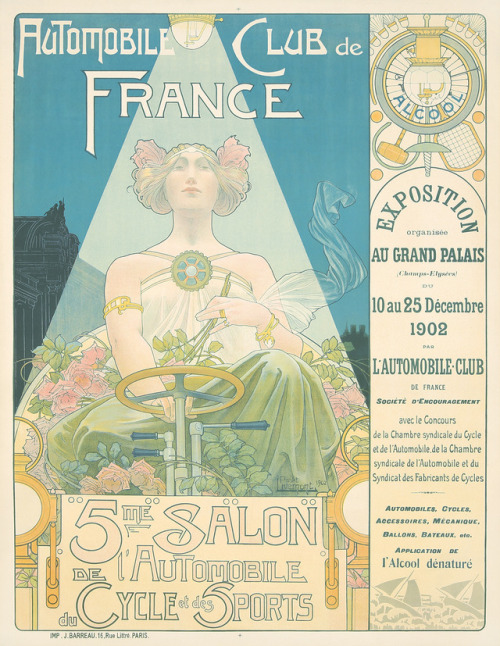

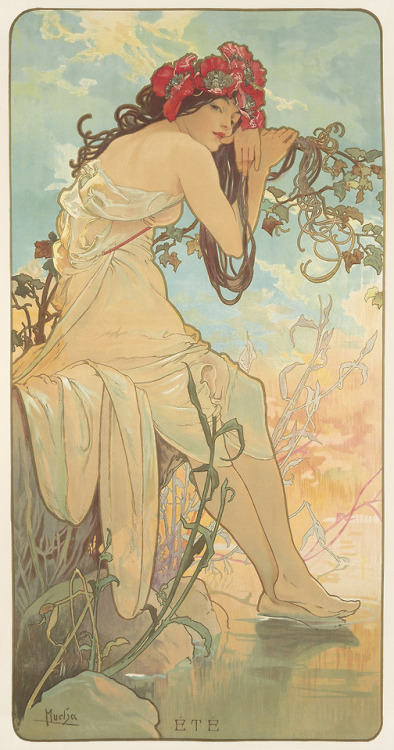

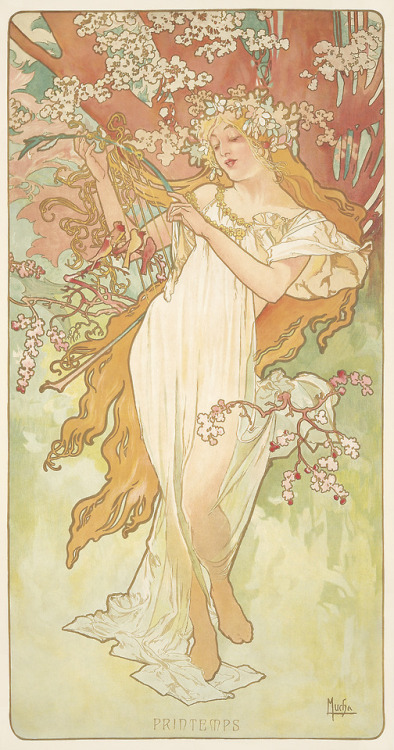





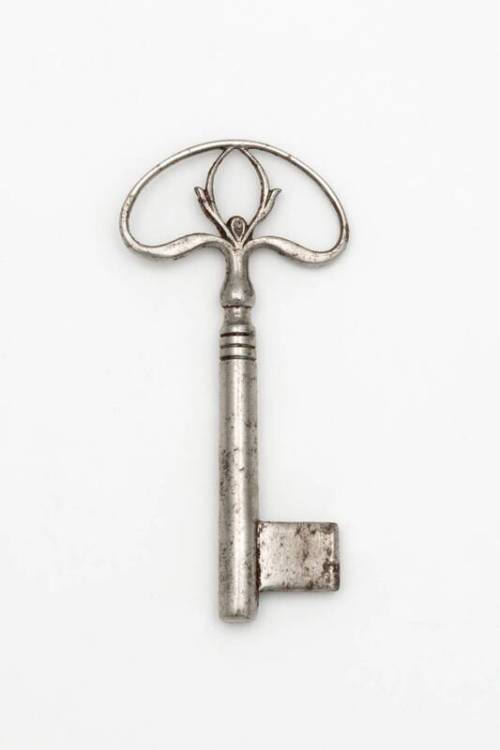

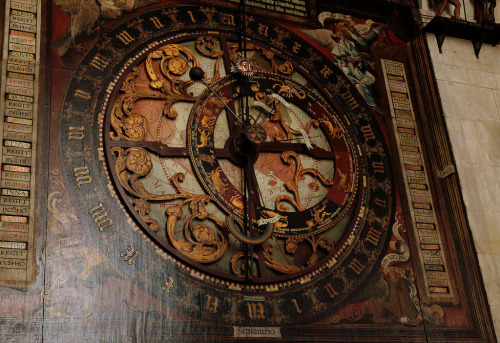

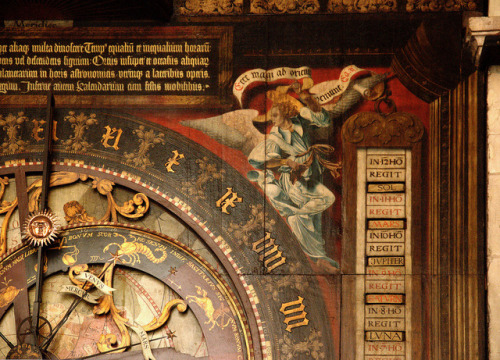

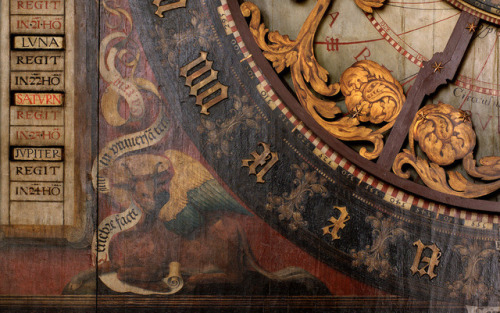



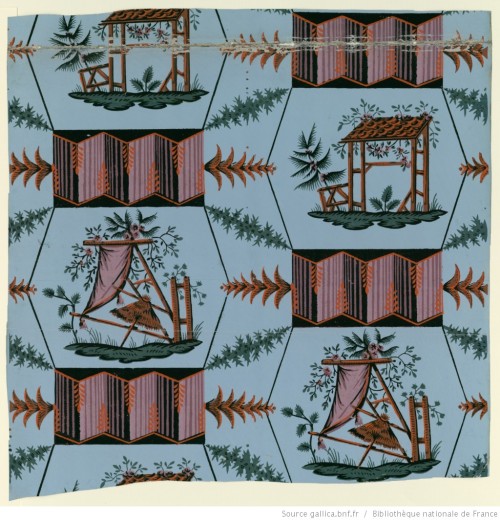

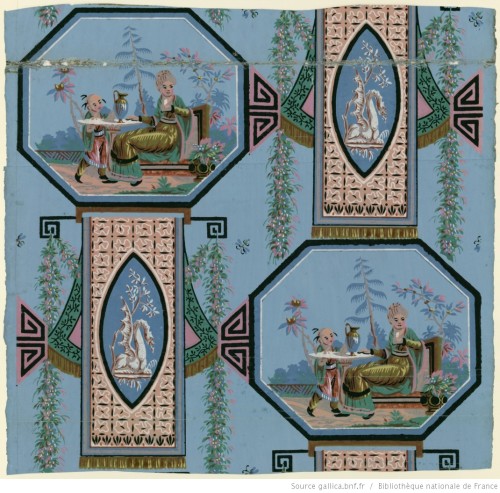


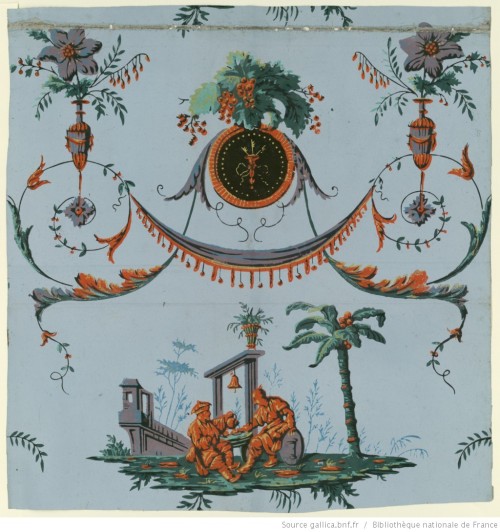
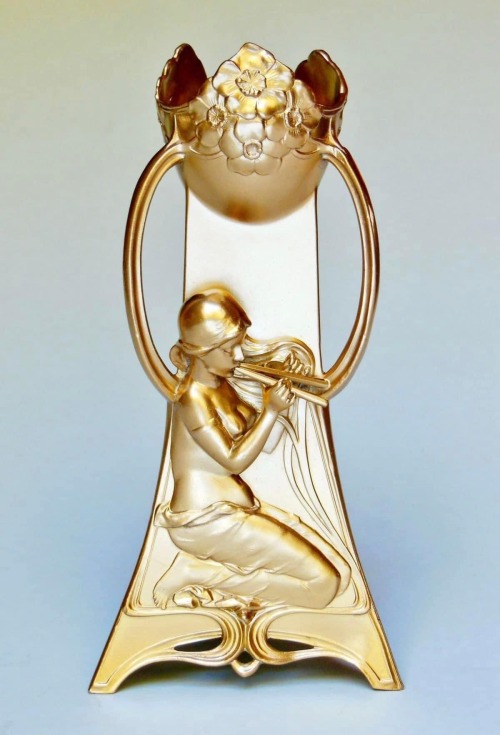



![Tooi [Tuai], Drawing of Korokoro’s moko, 1818, paper, 30 x 50 cm, Sir George Grey Special Coll Tooi [Tuai], Drawing of Korokoro’s moko, 1818, paper, 30 x 50 cm, Sir George Grey Special Coll](https://64.media.tumblr.com/4c1da7c960918e2c61205be8ab372e69/tumblr_pi8i3tJkBT1qcg3zwo1_500.jpg)





